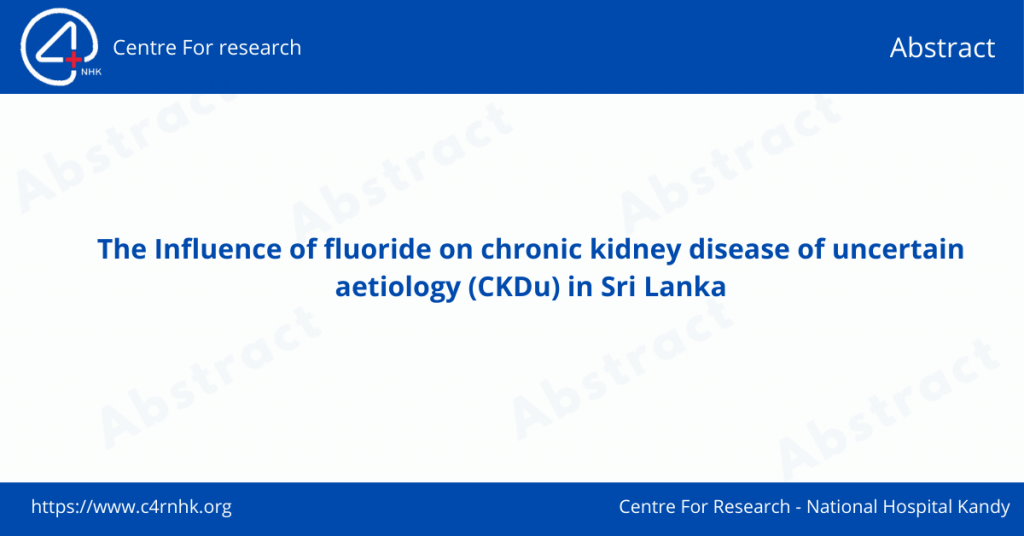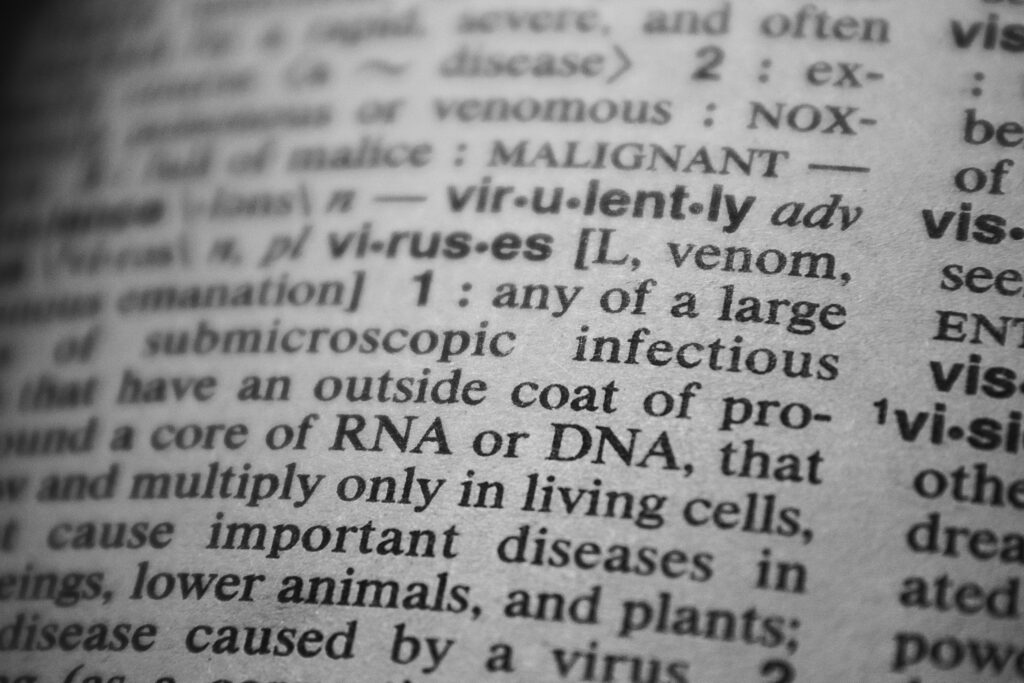Shanika Nanayakkara a, b, *, S.T.M.L.D. Senevirathna c, Kouji H. Harada d,Rohana Chandrajith e,
Nishantha Nanayakkara f, Akio Koizumi g
a School of Dentistry, Faculty of Medicine and Health, The University of Sydney, Sydney, Australia
b Institute of Dental Research, Westmead Centre for Oral Health, Westmead Hospital, Westmead, Australia
c Faculty of Business, Justice and Behavioural Sciences, School of Engineering, Charles Sturt University, Bathurst, Australia
d Department of Health and Environmental Science, Graduate School of Medicine, Kyoto University, Kyoto, Japan
e Department of Geology, Faculty of Science, University of Peradeniya, Sri Lanka
f Kandy Teaching Hospital and Center for Research and Training on Kidney Diseases, University of Peradeniya, Kandy, Sri Lanka
g Institute of Public Health and Welfare Research, Nakagyoku, Kyoto, Japan
Abstract
Fluoride is an element that is widely distributed in the environment. The involvement of fluoride in pathogenesis of Chronic Kidney Disease of uncertain aetiology (CKDu) in Sri Lanka is a much-debated topic. This study aimed to investigate the fluoride concentration in drinking water in CKDu affected areas in Sri Lanka and to evaluate the possible effect of renal impairment on serum fluoride levels in CKDu patients.
Drinking water (n = 60) from the common water sources from two CKDu prevalent areas and serum samples of CKDu patients (n = 311) and healthy controls (n = 276) were collected. Both environmental and biological samples were analysed for the concentration of fluoride. The fluoride concentration in over 95% of drinking water samples was below the WHO guideline of 1.5 mg/L. Serum fluoride concentrations in majority of the unaffected and early-stage CKDu patients (stages 1 and 2, eGFR >60 ml/min/1.73m2) were below the normal upper concentration of 50 μg/l and significantly higher levels were observed in patients in late stages of CKDu compared to the healthy controls. The available guidelines for drinking water are solely based on healthy populations with normal renal function. But, it is evident that once the kidney function is impaired, patients enter a vicious cycle as fluoride gradually accumulates in the body, further damaging the kidney tissue. Thus, close monitoring of serum fluoride levels in CKDu patients and establishing health-based target guidelines for fluoride in drinking water for the CKDu patients are recommended to impede the progression to end stage renal disease.


